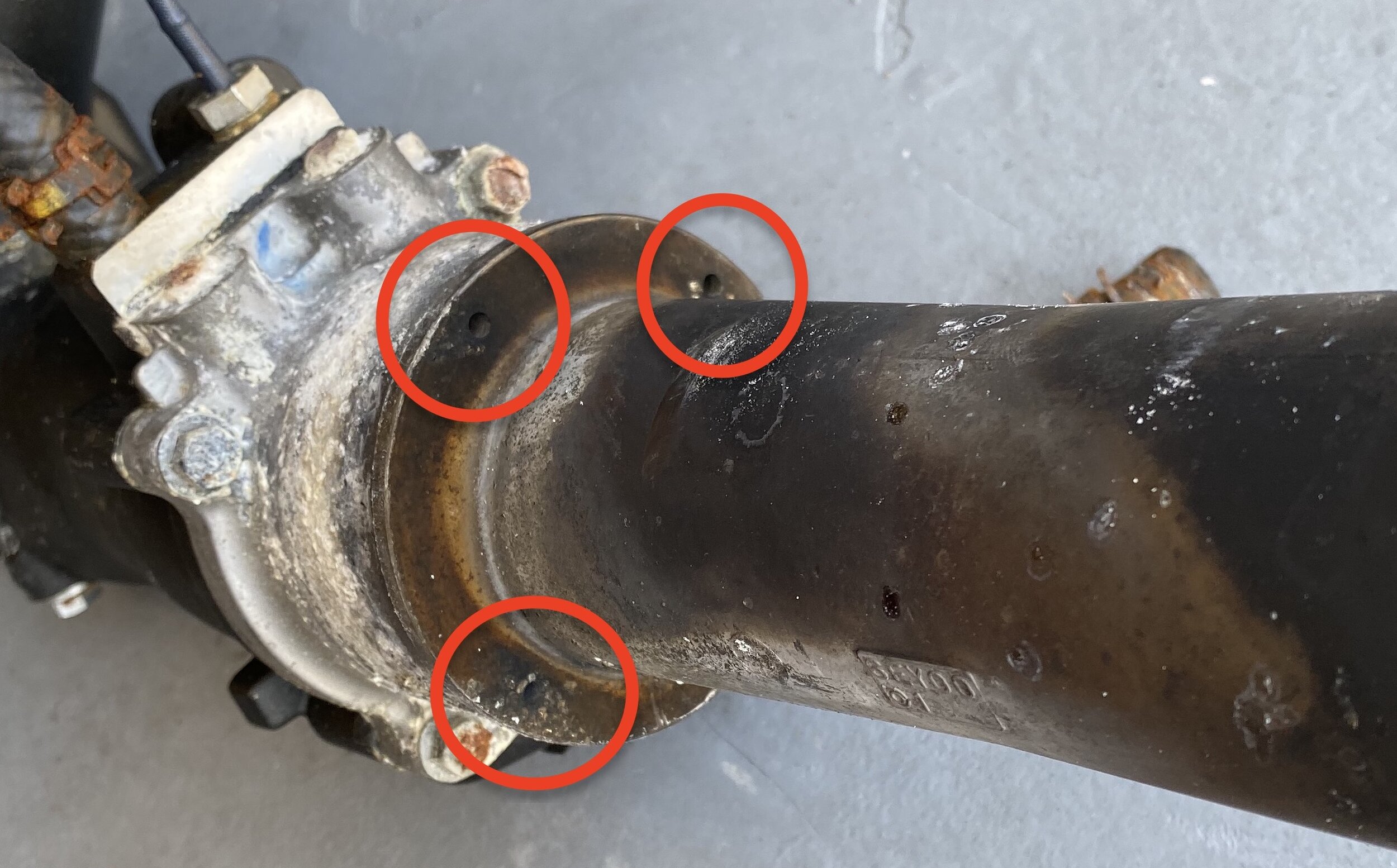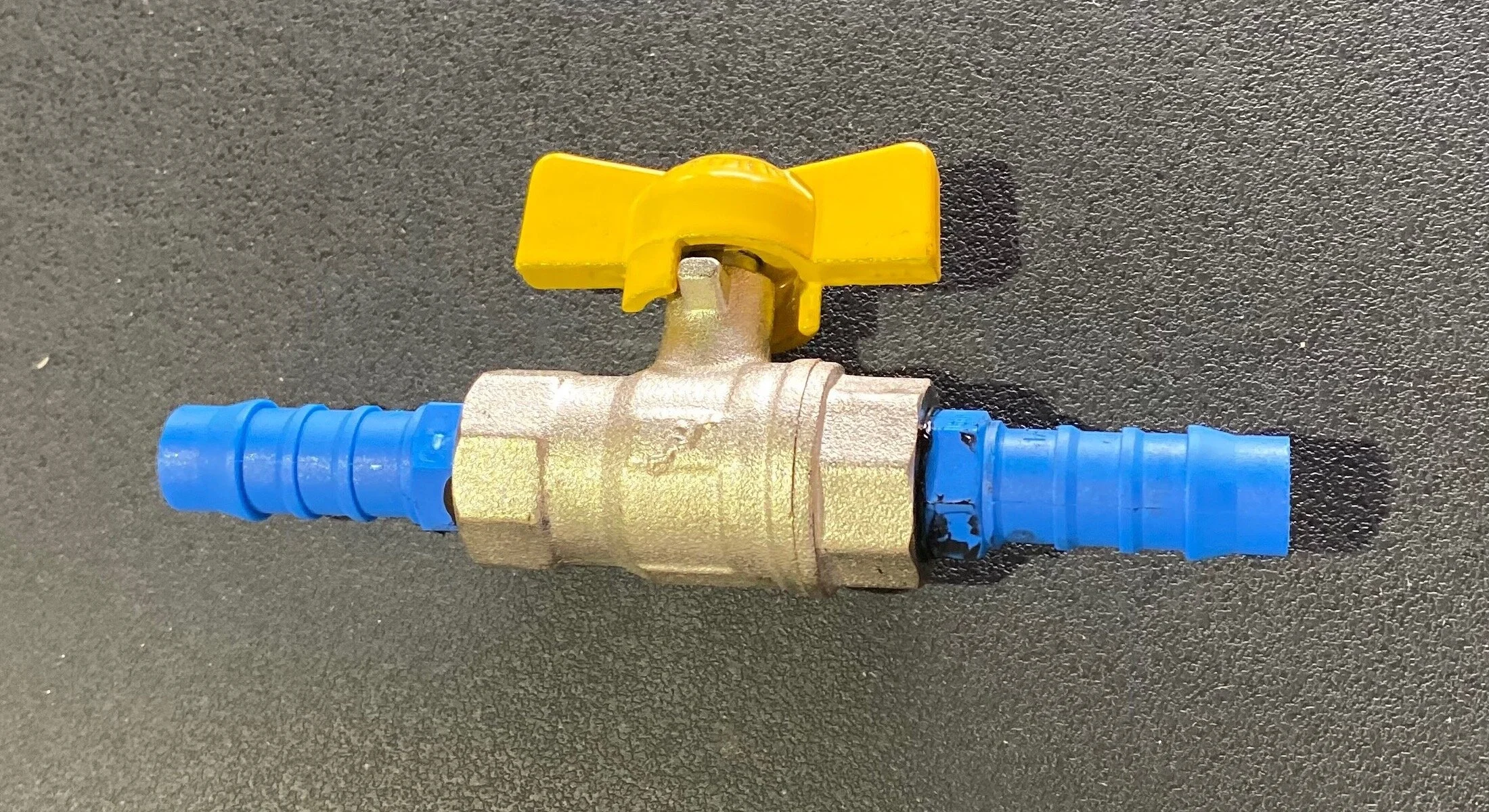Tow tap fitted to late model SeaDoo
Towing your Jetski in the water whether intentionally or not, it is strongly advised that you stop the water cooling flow thru the engine. You can safely tow your jetski at speeds slower than 5mph and be confident that you won’t have any water entering into your engine but if you are a long way from home and need to get moving quick your going to want to stop the cooling flow.
To understand how a tow tap works you need a quick run down on how your jetski cooling system works.
When under normal operation the water that is compressed into the jet pump that gives the Jetski thrust to move forward and turn is also used to cool some or all of the engine components on your jetski. Yes even SeaDoo with there closed loop cooling system still use water from the lake or ocean you’re riding on to cool the exhaust system. As the water moves around the engine in cooling jackets it absorbs heat from the engine keeping it at an optimal operating temperature. When it moves into the later parts of the exhaust (at the end of the exhaust manifold / start of the waterbox) water is injected in with the exiting exhaust gases to help cool the remaining parts of the exhaust system (silicone hoses, plastic sound suppression baffles, outlet etc). As these parts of the exhaust are not water jacketed they require this cooling to stop them from melting. While the engine is running the water that is injected into the exhaust is carried out with the exiting exhaust gases. This maintains a safe level of water in the exhaust and provides adequate cooling to these remaining exhaust components. You can usually view water exiting the exhaust while flushing your ski. Giving your ski a rev on the trailer will blow out excess water from the waterbox caused by the increase in exhaust pressure exiting the ski.
Water injection points on Yamaha TR-1 Exhaust system
When towing jetski the hull is pulled forward thru the water so it is still collecting water into the jet pump that is being compressed and exiting thru the jet nozzle at the back of the ski . Although no where near the pressure of a running ski its still enough to pressurise the cooling system and allow water to move thru the engine and exhaust also injecting water into the exhaust same as it would a running ski. The issue with this is that engine is not running and does not have the exhaust gases removing the water from the exhaust waterbox. So the exhaust waterbox starts to fill with water. Just after the waterbox the exhaust hose usually crosses over to the other side of the jetski but will take a very high path. This is to stop water coming back in from the exhaust outlet when the ski is just sitting in the water but as this hose is higher than the engine. The water filling the exhaust will take the easiest and lowest path will fill towards the engine eventually filling it with water. The exhaust system and engine will continue to fill as long as you keep towing.
Also note that this exhaust filling with water and back into the engine is what happens when you flush your Jetski without the engine running.
So this is where the tow tap comes into play. Its just a small ball valve fitted in the cooling line or cooling lines (some Kawasaki models need 2 tow taps) that when turned will stop the water flow thru your engine. These are usually a simple install you can do yourself or easily done by your local repairer. You just need to make sure that they are installed into the correct cooling line. From the late 2000’s SeaDoo would even mark the cooling line with red tape to know exactly where to fit the tap. For models with limited access such as the Seadoo Spark an extra length of hose can be added to move the tap into a position to access externally.
Red tape on SeaDoo indicating where to install tow tap to cooling line
Alternatively to the permanent fitting of a ball valve you can carry a hose pinching tool like a large braking line clamp or screw clamp and apply these to the correct cooling hose if the need arises to tow your Jetski. You just need to make sure you familiarise yourself with what hose to block off.
Pro Tip
Here’s a tip for towing a ski behind a boat heading to a destination and using a tow tap. When you turn the tap off the block water flow put your lanyard in with the tap. Then when you arrive and jump on your ski to take off you will need to locate your lanyard and be reminded to turn the water flow back on. This will stop and engine overheat that will most certainly ruin you trip.
Jetski servicing and repairs are bound to happen, but the quicker they can get fixed, the faster you can get on the water! If you have any questions about when and how to get your Jetski serviced or repaired be sure to contact us at info@projetski.com.au Our fully equipped workshop on the Gold Coast is more than capable to handle any repair you need.






